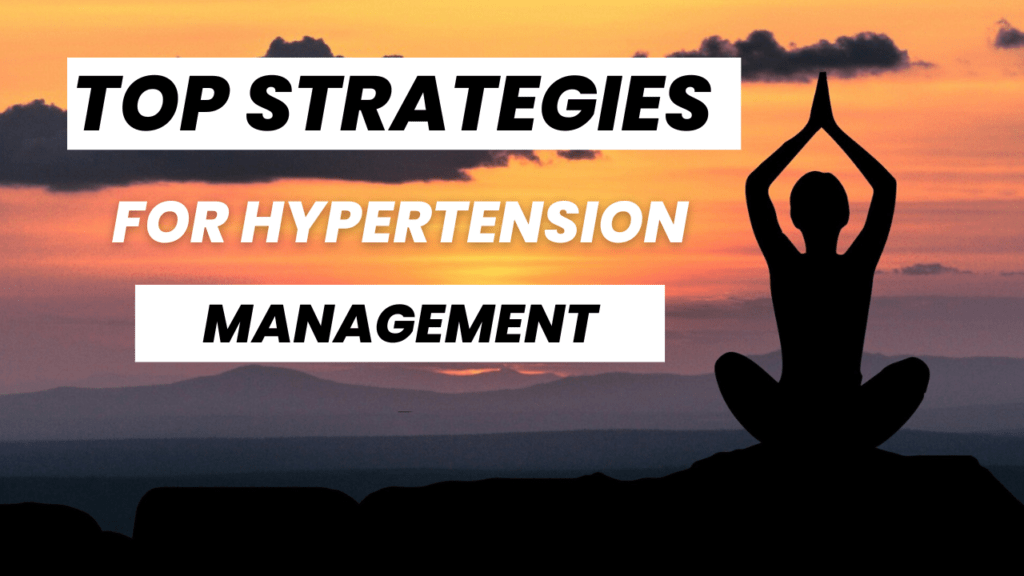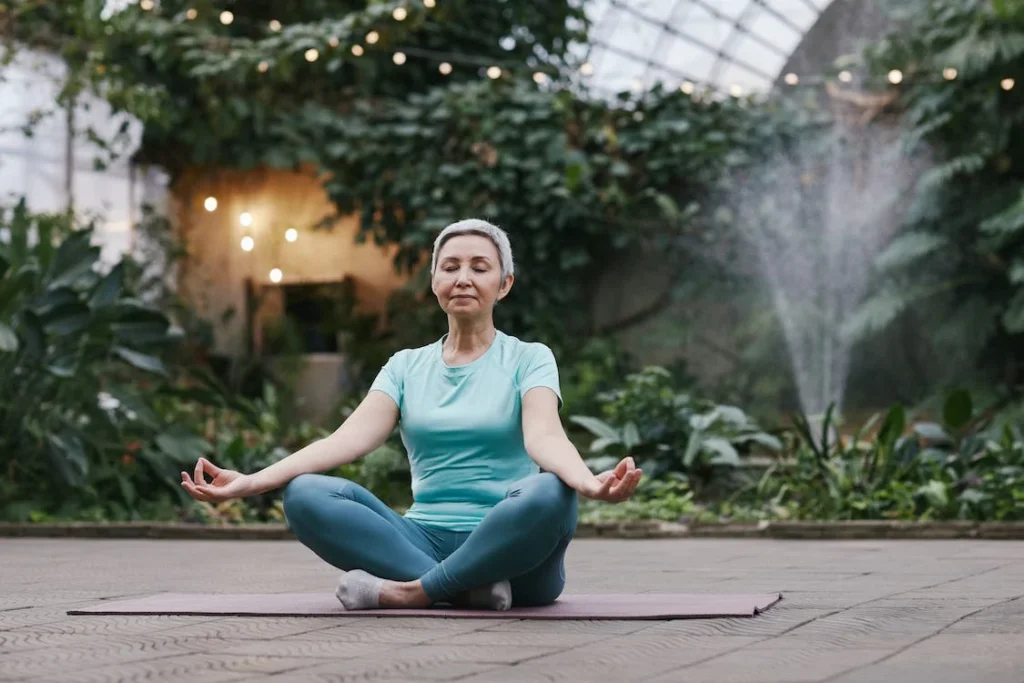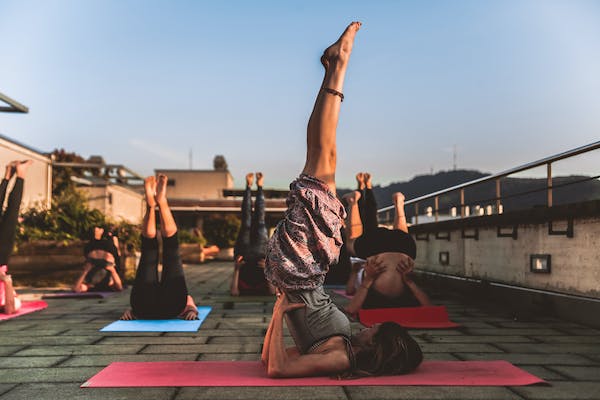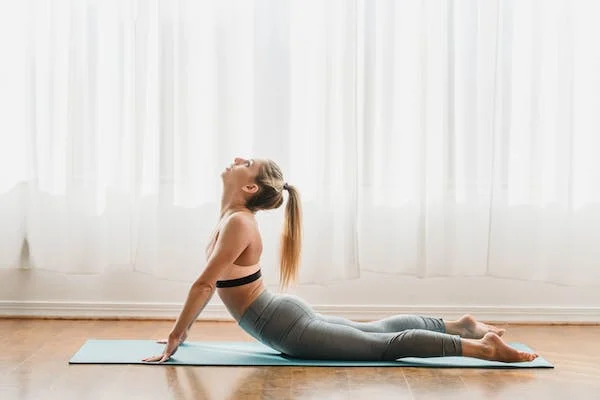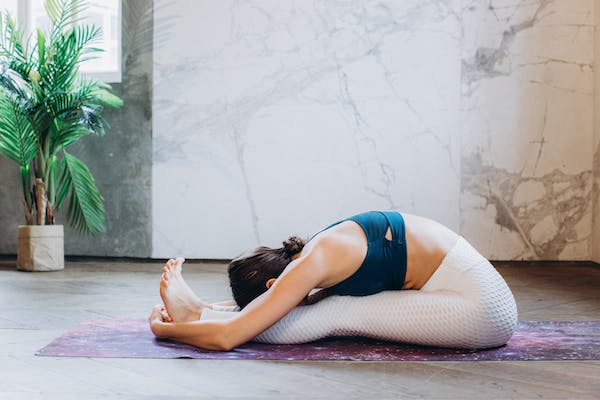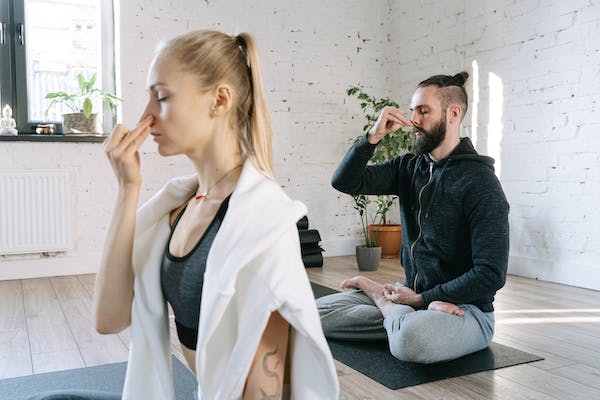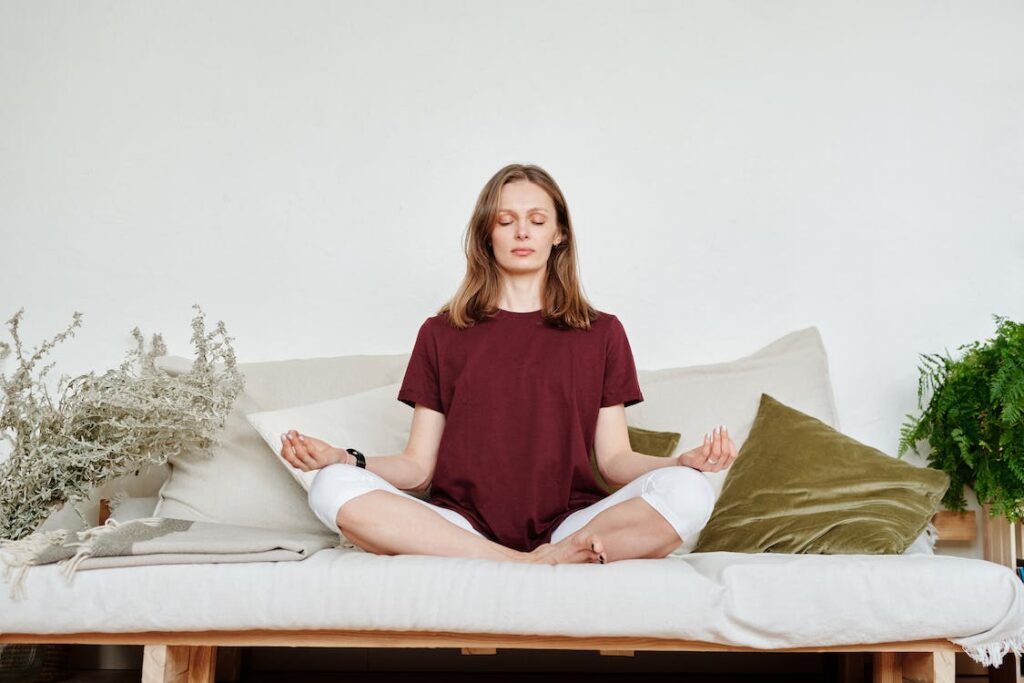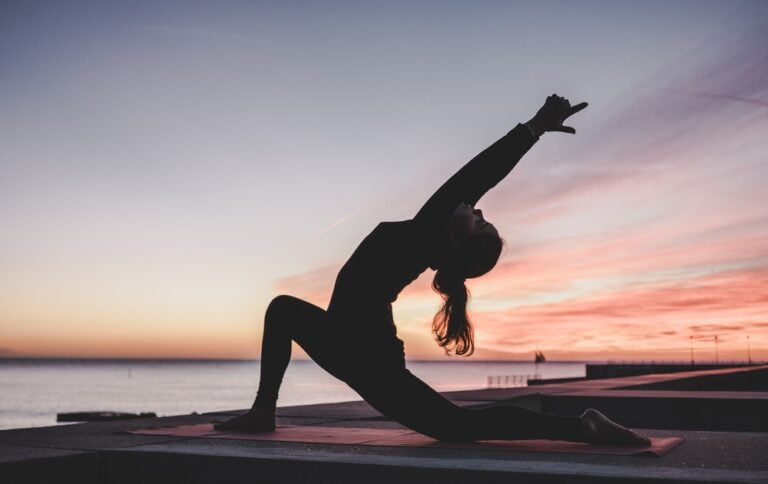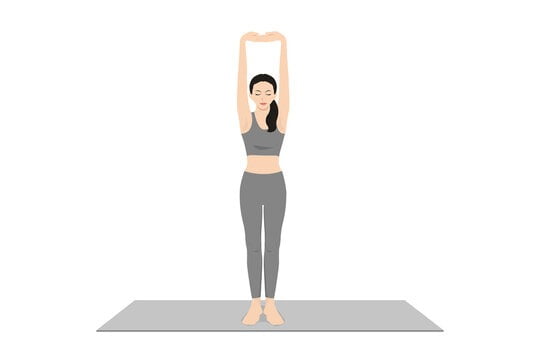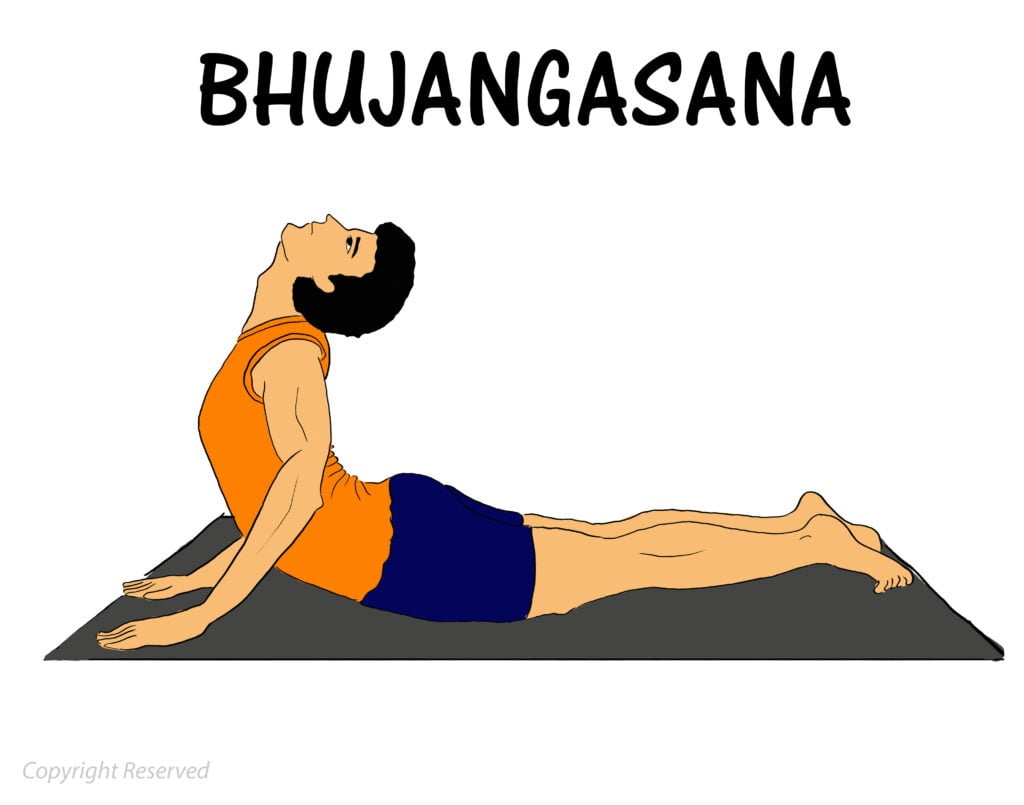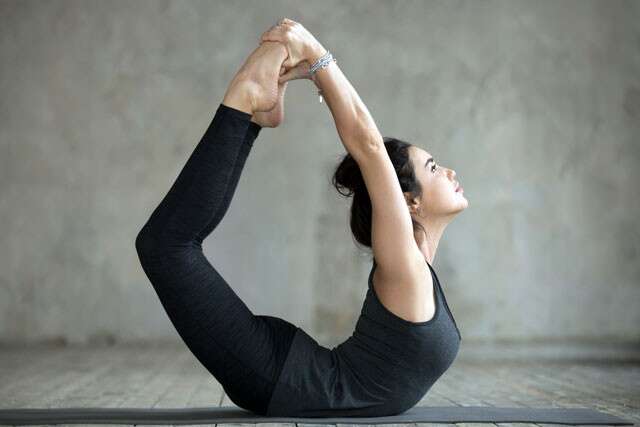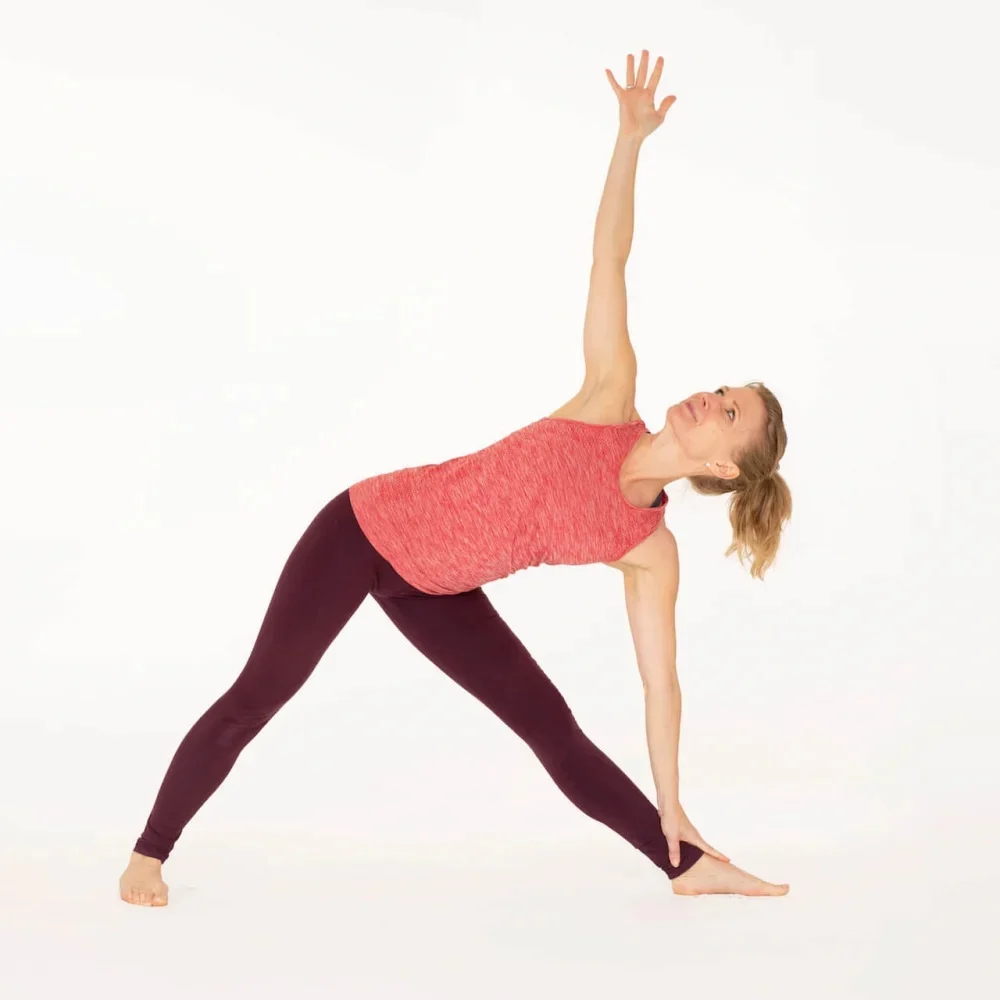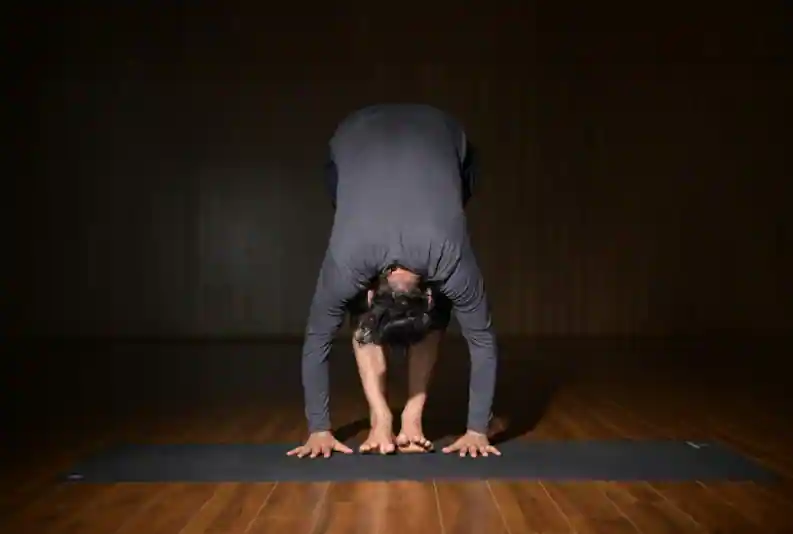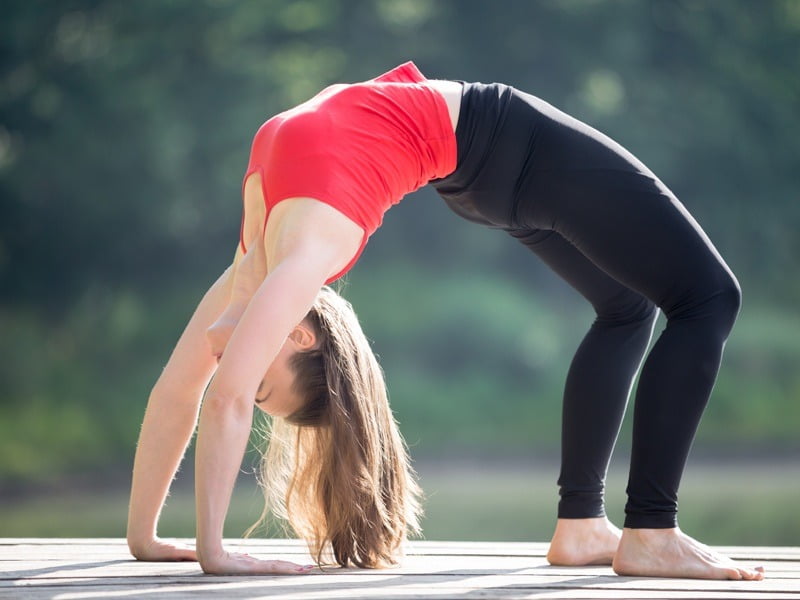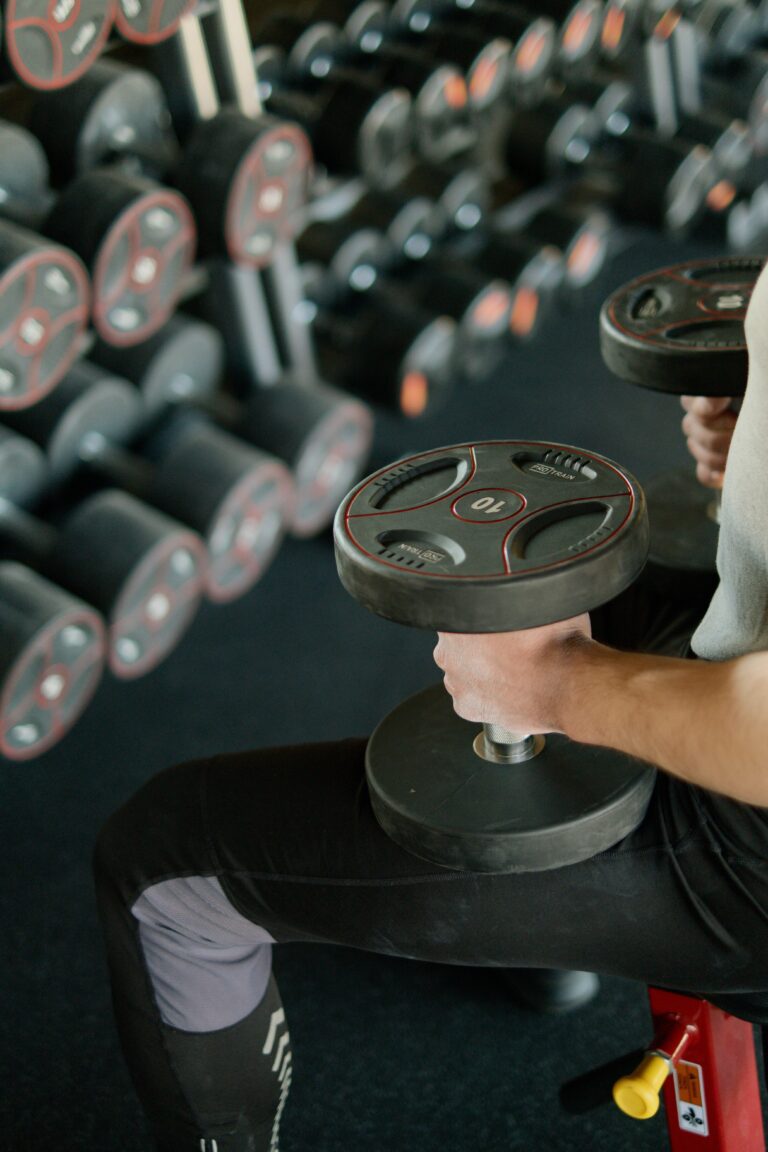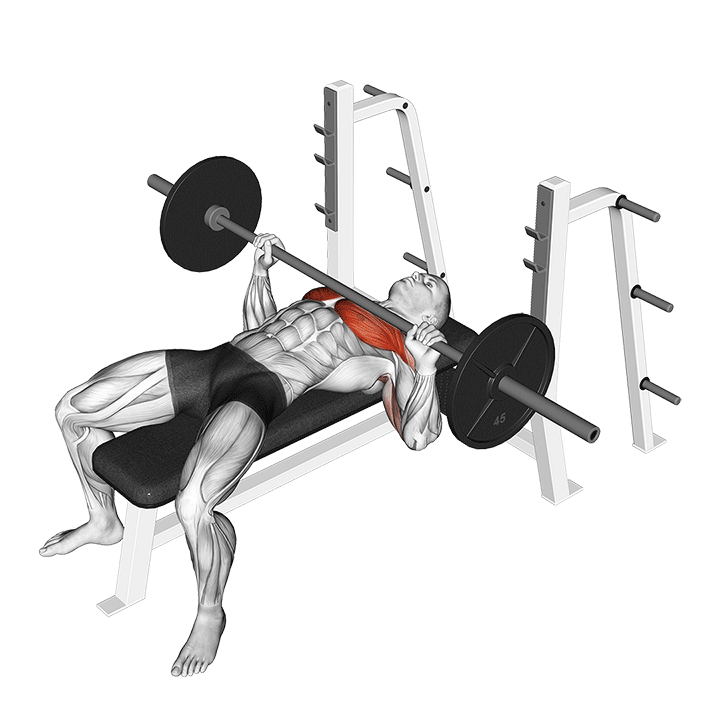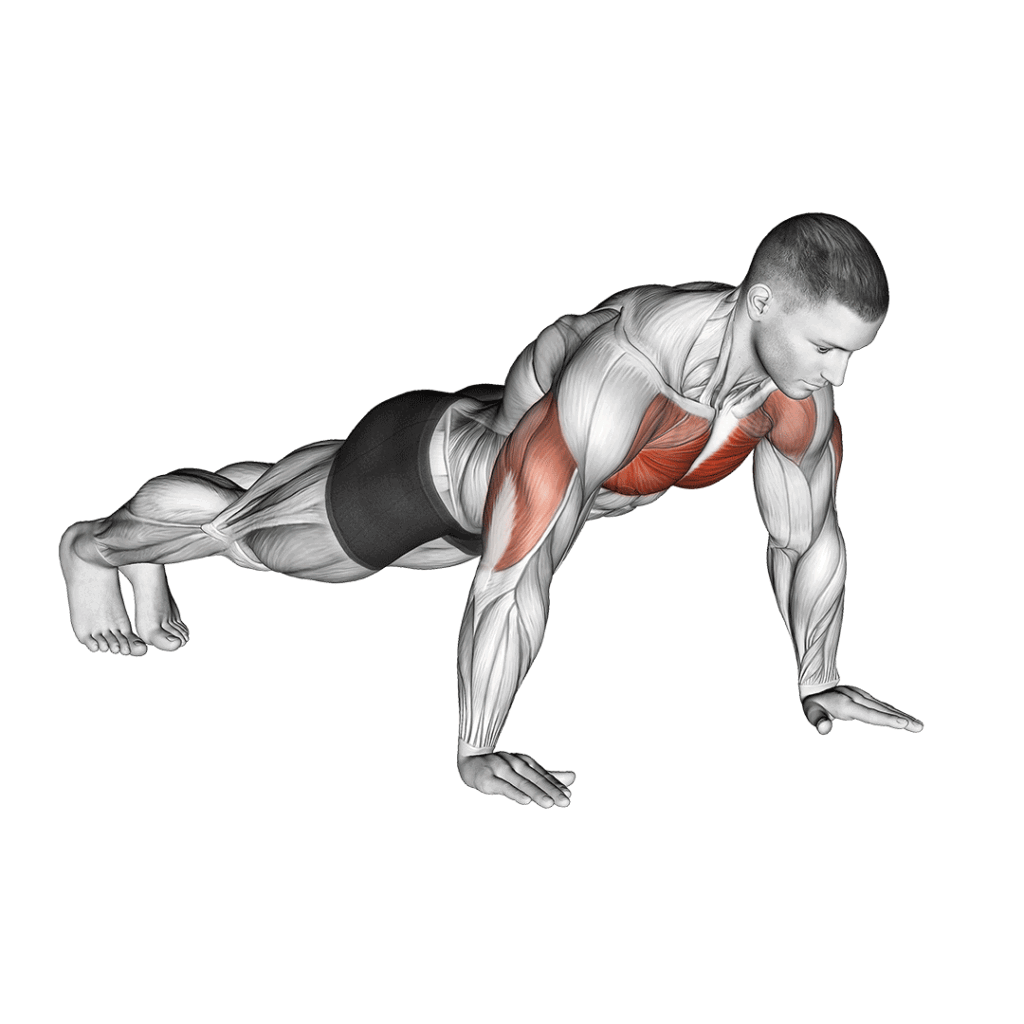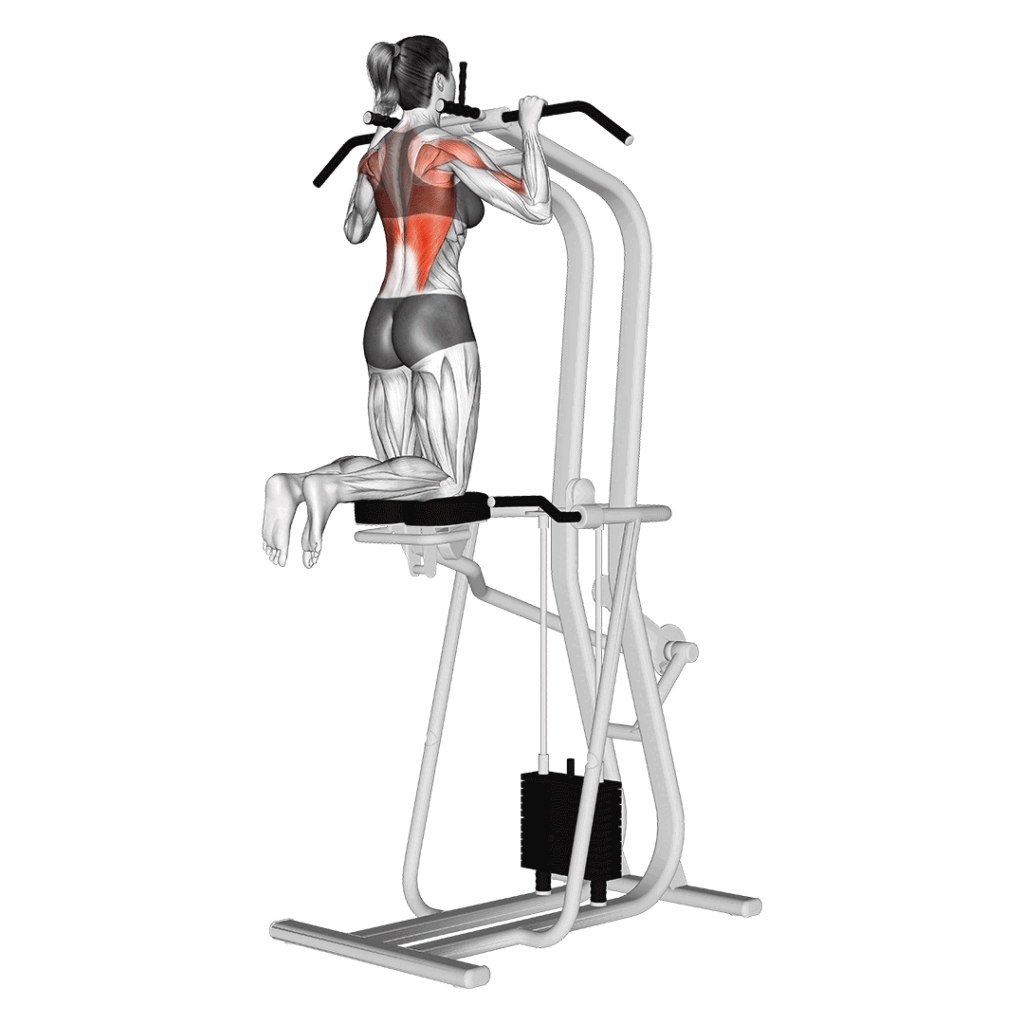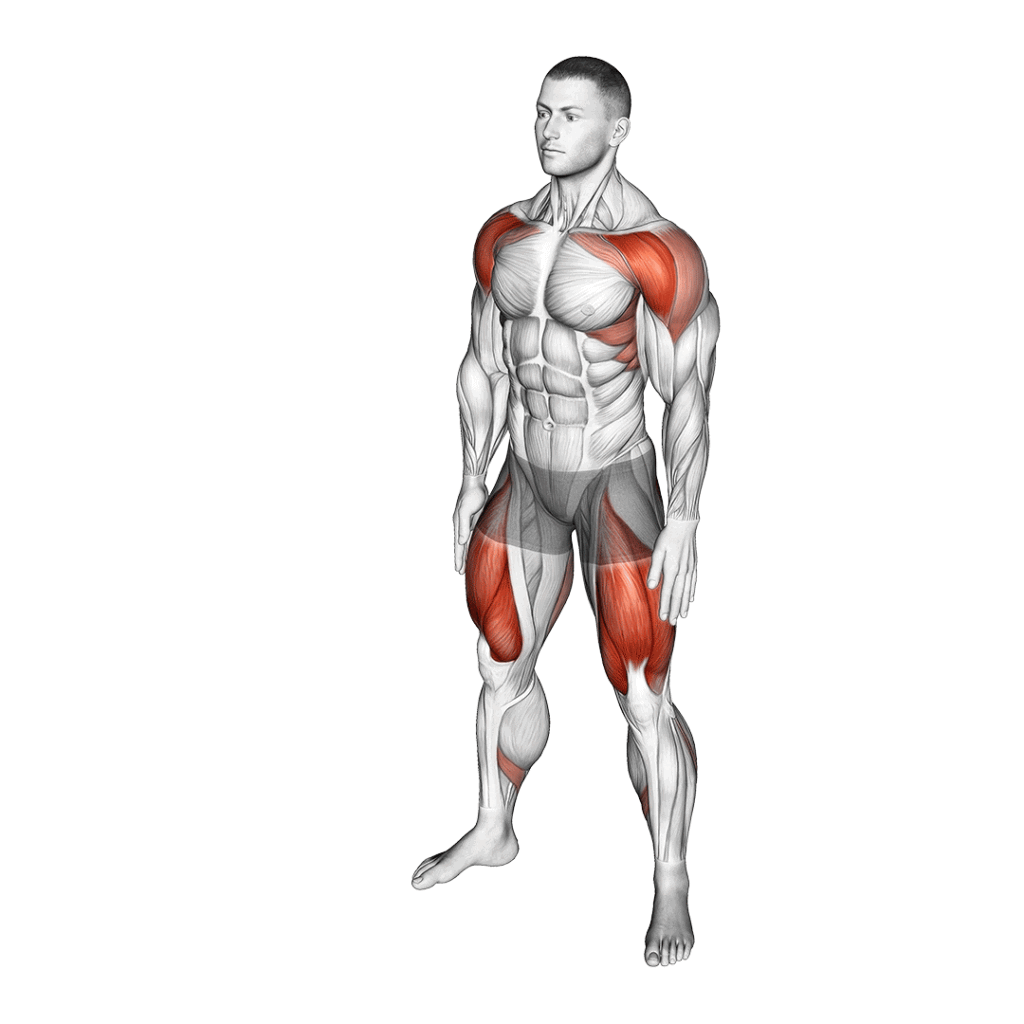In our fast-paced world, the pursuit of a healthy heart is more critical than ever. With the increasing stress and sedentary lifestyle, heart health issues have become alarmingly common. Many are turning to alternative and holistic approaches to maintain their cardiac health, and yoga has emerged as a promising practice. In this comprehensive guide, we delve into the world of yoga and its potential to manage cardiac health effectively.
Yoga: A Holistic Path to Cardiac Wellness
Yoga, an ancient practice with roots in India, is renowned for its holistic approach to physical and mental well-being. It’s not just about flexibility and balance; it’s a transformative journey towards a healthier lifestyle. When it comes to cardiac health, yoga offers an array of benefits that can complement traditional medical treatments and preventive measures.
The Science Behind Yoga and Heart Health
Recent studies have shown that yoga can significantly impact cardiac health. The deep breathing techniques, meditation, and asanas (postures) employed in yoga practice contribute to heart health in several ways:
1. Stress Reduction
Chronic stress is a leading factor in the development of heart disease. Yoga’s focus on relaxation and mindfulness helps reduce stress levels, thereby lowering the risk of heart issues.
2. Blood Pressure Management
High blood pressure is a significant risk factor for heart disease. Yoga helps in reducing blood pressure through controlled breathing exercises and specific postures.
3. Improved Circulation
Yoga postures promote better blood circulation throughout the body. This enhanced circulation ensures that the heart receives an adequate supply of oxygen, supporting its optimal function.
Yoga Poses for Cardiac Health
Trikonasana (Triangle Pose):

Trikonasana, also known as Triangle Pose. This pose helps in reducing blood pressure and stress levels. It’s particularly beneficial for individuals with hypertension. Trikonasana involves stretching and opening the chest and ribcage. This stretch can help enhance blood circulation throughout the body, reducing the workload on the heart and improving overall cardiovascular function. This asana engages various muscle groups, including the heart. Over time, practising Trikonasana can help strengthen the heart muscle, promoting better cardiovascular endurance.
Paschimottanasana (Seated Forward Bend):

A gentle stretch that aids in relaxing the nervous system and reducing stress. Reduces the chances of sciatica (pain in the sciatic nerve) as it may ease the pain. Relieves constipation and dyspepsia (indigestion) problems by enhancing the digestion process. Helps calm the mind and reduce anxiety by providing a soothing effect on the body. Helps to stretch the hamstrings, making them flexible. Allows them to lose the tightness of hamstrings which occurs during winter.
Vajrasana:
Vajrasana is a posture performed by sitting on the feet after bending the knees. It is derived from the Sanskrit word ‘Vajra’, which means lightning falling from the sky. Vajrasana is also known as Diamond Pose. Pranayama, Kapalbhati and Anulom-Vilom can be done sitting in this yoga asana. There is no doubt that Vajrasana is the best yoga to keep the body healthy.

How To Do Vajrasana
Yoga should be practised on an empty stomach, but you can safely do this asana even after a meal.
In this mudra improve your digestion.
1. First, you stand on your knees.
2. Go backwards and sit with the hips on the heels.
3. Keep your head straight and your hands on your knees.
4. Close your eyes and focus on inhaling and exhaling.
5. In the initial days, practice this position for 5 – 10 minutes and gradually increase it to 20 – 30 minutes.
Malasana

Malasana yoga disguise might help stretch the stomach and the lower portion of the body. It may also ameliorate intestinal function. So, it might be helpful in the elimination of waste products from the body. As a result, symposiums disguise yoga might be salutary for constipation. When the malasana is performed, you must keep your reverse or chine straight. It might also help enhance the spinal column’s inflexibility. As a result, malasana or symposium disguises might help to reduce lower back pain. Malasana may also help correct your posture. Still, don’t calculate on malasana for relief of reverse pain, as it can beget side goods.
Bhujangasana
Bhujangasana or Cobra Pose is a reclining back-bending asana in hatha yoga and ultramodern yoga as exercise. It’s generally performed in a cycle of asanas in Surya Namaskar as a volition to Urdhva Mukha Svanasana. Bhujangasana yoga disguise is also known as the Cobra Pose. And just like a cobra, the Bhujangasana disguise can help you rise above your challenges and achieve your pretensions.

Bhujangasana Benefits
1. Opens up the shoulders and neck to relieve pain
2. Tones the tummy
3. Strengthens the entire reverse and shoulders
4. Improves inflexibility of the upper and middle back
5. Expand the casket
6. Improves blood rotation
7. Reduces fatigue and stress
8. Useful for people with respiratory diseases similar to asthma
Getting Started with Yoga for Cardiac Health
If you’re new to yoga, it’s essential to start gradually and consult with a healthcare professional, especially if you have underlying heart conditions. Here are some steps to help you begin your journey toward cardiac wellness:
1. Seek Professional Guidance
Before starting any exercise regimen, consult your physician or a certified yoga instructor. They can provide valuable insights into your specific needs and limitations.
2. Choose the Right Yoga Style
Various yoga styles cater to different needs. Hatha yoga, Vinyasa, or Restorative yoga might be suitable choices for those looking to improve heart health.
3. Consistency is Key
To experience the full benefits of yoga for cardiac health, consistency is crucial. Regular practice, even if it’s just a few minutes each day, can make a significant difference.
4. Focus on Breathing
Yoga places a strong emphasis on breath control. Practice deep, mindful breathing to manage stress and calm your nervous system.
5. Monitor Progress
Keep a journal to track your progress and document any changes in your health. This can help you and your healthcare provider assess the effectiveness of your yoga practice.
FAQs
What is the link between yoga and cardiac health?
Yoga offers various practices, including deep breathing and specific postures, that can help manage stress, reduce blood pressure, and promote overall heart health.
Are there specific yoga poses that benefit cardiac health?
Yes, certain yoga poses like Trikonasana, Paschimottanasana, and Bhujangasana are known to be beneficial for cardiac health.
Can yoga replace traditional treatments for heart conditions?
Yoga should complement traditional medical treatments, not replace them. It’s essential to consult with a healthcare professional for a personalized plan.
Is yoga safe for individuals with heart conditions?
Yoga can be safe for individuals with heart conditions, but it’s crucial to consult with a healthcare provider or certified yoga instructor for guidance.
How often should I practice yoga for cardiac health?
Consistency is key. Even a few minutes of daily practice can be beneficial, but the frequency may vary depending on individual needs.
Are there any specific breathing techniques in yoga for heart health?
Yes, yoga emphasizes breath control. Techniques like pranayama and deep, mindful breathing can help manage stress and improve heart health.
What are the benefits of stress reduction through yoga for the heart?
Reducing stress through yoga can lower the risk of heart disease, as chronic stress is a significant contributing factor.
How can I get started with yoga for cardiac health if I’m a beginner?
It’s advisable to start gradually, seek professional guidance, and choose the right yoga style that suits your needs and limitations.



